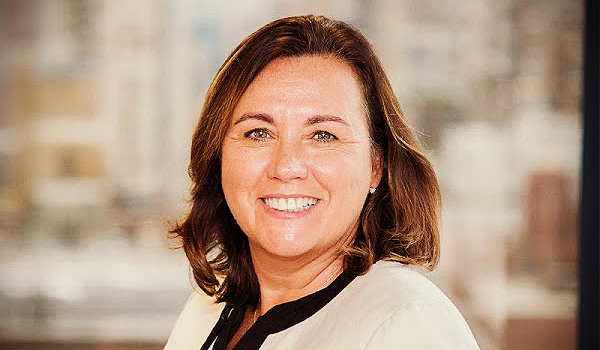By Kelly Waltrich
Today, we’re revisiting one of the pillars for success between advisors and clients – planning. As we look ahead, we have to envision a financial planning landscape that has been altered by pandemic, policy changes, and rapidly evolving technology.
Most advisor clients and prospects now engage with technology at significantly higher levels of comfort and sophistication. This new familiarity has major implications for how advisors guide investors toward their financial goals.
Today, I speak with Orion President Noreen D. Beaman about these changes and what it means for financial planning in the new year.
Kelly Waltrich: Noreen, what trends in financial planning do you see taking shape this year?
Noreen D. Beaman: Planning has become more engaging today than ever. The delivery of planning will matter a great deal in the year ahead, as we begin to get out and about again and people begin to rethink their future goals.
We’ll see a lot of intersections between what’s happening now and what people want to do in their future. As we’re able to move past this pandemic, people will begin to think more about how they want to spend the rest of their lives.
Kelly Waltrich: A lot of end clients have become familiar with technology like video conferencing in a way that was once unthinkable. What impact will investor tech-savviness have on the delivery of planning?
Noreen D. Beaman: Even when we’re no longer socially distancing and working from home all the time, I think video conferencing and similar technologies won’t just be here to stay, but it will be a preferred way for advisor-client engagement and interaction.
Let me give you a personal example: Since the onset of the pandemic, my husband and I have had three joint meetings with our advisor. Before the pandemic, we would not have been able to line up our schedules to attend planning meetings together. Digital planning delivery opens the door for advisors who might have struggled in the past to reach both members of a household.
Kelly Waltrich: And then there’s the actual financial plan itself, which has moved away from a static, one-and-done experience.
Noreen D. Beaman: Exactly. When we think of financial planning circa 2000, you would print out a financial plan and put it in a binder… and then it would collect dust. In recent years, our industry has developed more dynamic tools, but 2020 greatly accelerated their adoption. Now a plan is a living document and a living experience. We’re able to think about the ongoing day-to-day process of living life, and establishing and revising your dreams and goals.
Technology has allowed us to make the planning process ongoing. When we think about how the technology of today has put financial knowledge at everyone’s fingertips – on their phone, tablet, laptop or desktop computer, they can connect with an advisor at any point in time. Financial advice is going to become part of clients’ every day experience.
Kelly Waltrich: Are there any parallels or lessons that the advisor tech/solutions industry can draw from other industries and how they have adapted to COVID and remote service?
Noreen D. Beaman: People accept tools and processes when they have to use them in the course of their everyday life. That doesn’t just go away when the pandemic is no longer an issue.
I think we have to look to other industries that were hurt badly by the pandemic. The restaurant industry, for example, pivoted to delivery services like DoorDash and reworked their patios to enable outdoor dining later into the fall and winter. Financial services had to accommodate a huge uptick in people who needed their financial plans to adapt to rapidly changing life circumstances.
The lesson is that we need to focus on making ourselves accessible. Beyond adopting technology, that means doing away with the jargon and any other barriers to connecting with clients and guiding them to better outcomes.
Kelly Waltrich: To what extent will “behavioral alpha” be important for planners in the coming year?
Noreen D. Beaman: When you think of the three ways a financial advisor adds value, one is investment alpha, the second is tax management alpha, and the third is behavioral alpha, which is the ability to help clients make good decisions during challenging times.
Research has found a distinct difference between investment returns – the amount of return an investment offers in a given period of time – versus investor returns, the amount of return actually received by the end investor. Investor returns are always lower than investment returns, and behavior is the determining factor.
When markets are volatile, but clients still need to invest based on their goals and make investment decisions based on plans, that’s when advisors have an opportunity to add value through behavioral alpha. Advisors will have to be very sensitive to their clients’ behavioral and emotional reactions, and leverage the right technology to engage in the most effective way.
Looking ahead, that means advisors should not only lean into the tools that have worked so well for us during the pandemic, but also spend more time thinking about how to forge human connections so they can be continuously present in the ongoing work of creating and executing financial plans.
Kelly Waltrich was Chief Marketing Officer of Orion Advisor Solutions







